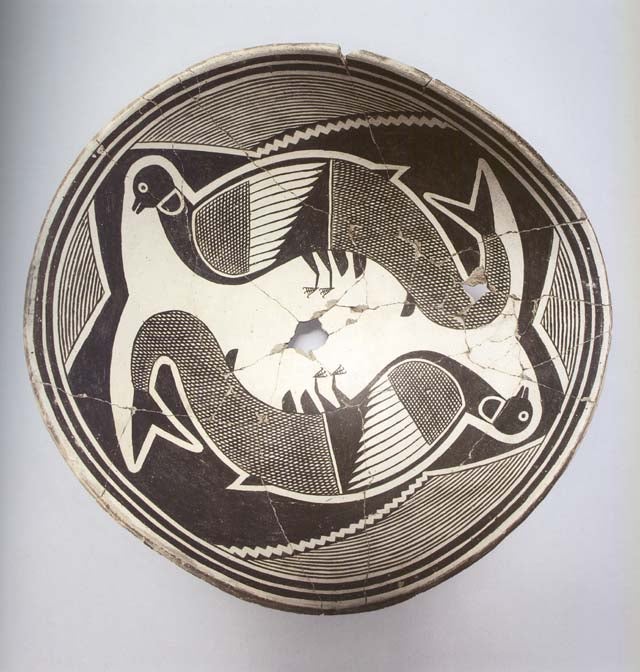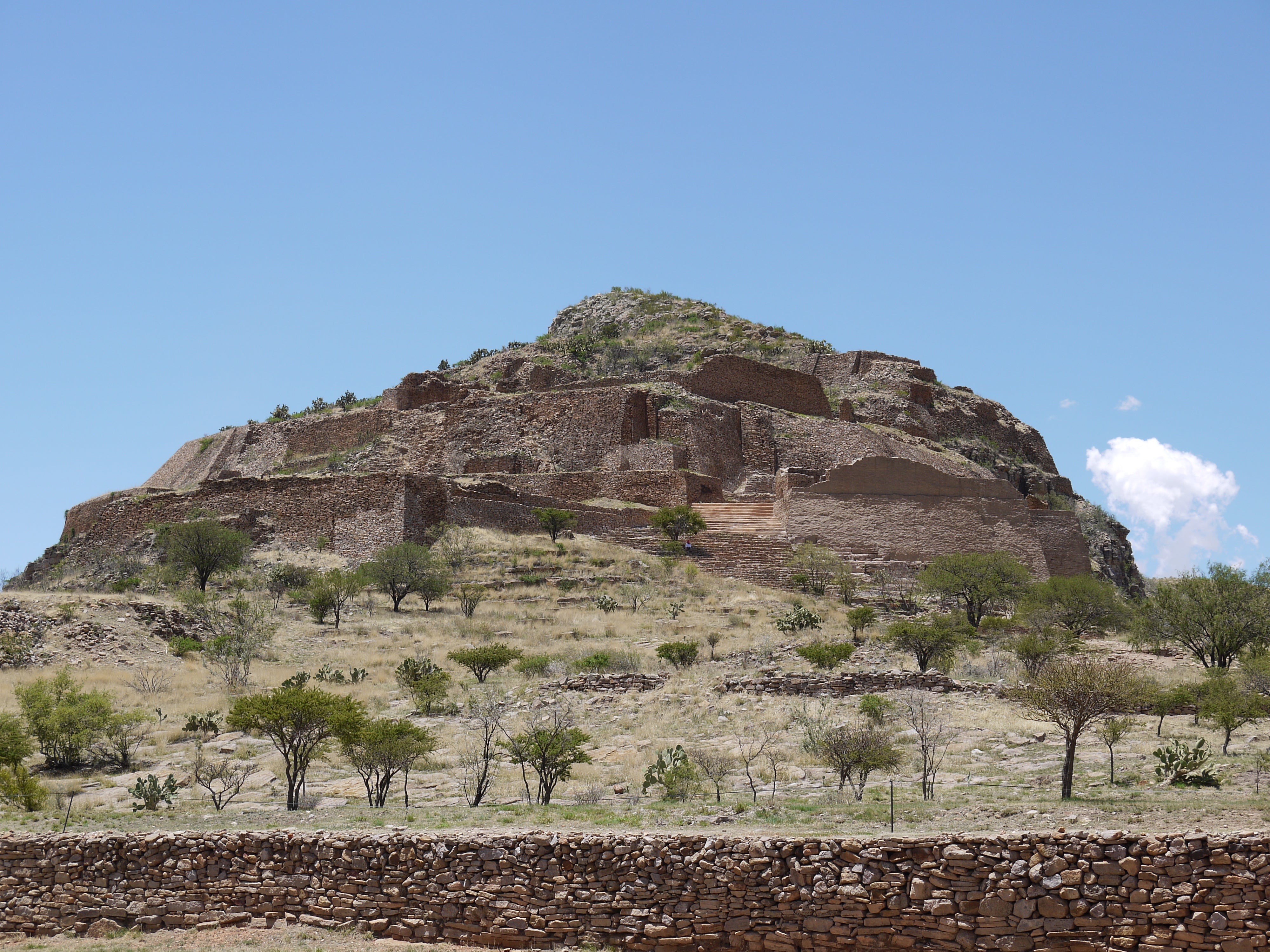All over the world, archaeologists are constantly collecting data. Some of that data will be published in journals, but the majority is destined to sit in hard drives and filing cabinets — wasted knowledge that benefits no one.
The Digital Archaeological Record, or tDAR, is celebrating 10 years of furthering its mission to both save that data and give it new life.
Overseen by the School of Human Evolution and Social Change’s Center for Digital Antiquity, tDAR operates as a virtual storehouse, where researchers can easily upload and organize information to make it available to other scientists, organizations and the general public.
ASU professor Keith Kintigh, along with his cohorts at Digital Antiquity and others, first began building out a vision for this database in 2004 and the technological foundation for it in 2006, following a National Science Foundation grant. But April 19, 2008 — when archaeology professor Ben Nelson entered the database’s first-ever record — is when tDAR truly came to life.
Those first records belonged to the La Quemada Project, an effort to understand the reasons behind the rise and fall of the pre-Hispanic community at La Quemada in Mexico, which lasted from around A.D. 500 – 900.
“I wanted to preserve the project’s information because we had collected many different kinds of technical data that were too detailed for publication, but which could still serve other scholars,” Nelson said.
“Many archaeological projects at ASU and all over the world face a similar need,” he added. “So when Keith Kintigh built the team that solved this problem, I happily took advantage.”
Below, these and other archaeologists from the school share their insights into tDAR and how this incredible resource has shaped their research.
La Quemada archaeological site in Zacatecas, Mexico. Photo by JavierDo
Question: What kind of data do you typically enter into tDAR?
Professor Ben Nelson: I’ve entered documents, spreadsheets, field notes, theses, published articles, photos and an artifact catalogue, as well as laboratory records on ceramics, stone, animal bone, seeds, charcoal and radiocarbon samples.
Professor Emeritus Barbara Stark: Files of these kinds of primary data are too numerous to ever be published by normal means, so researchers can use tDAR to archive these records. I personally have uploaded student class papers and master’s (degree) papers that are unpublished, but have relevant studies of project data. I also plan to use the tDAR illustration archive as a supplement to a monograph on ceramics.
Professor Michael Smith: I am in the process of uploading materials from my National Science Foundation-funded projects, the Calixtlahuaca Archaeological Project and Service Access in Premodern Cities. I also plan to upload material from the Teotihuacan Mapping Project.
Q: How does tDAR help you and other researchers?

An example of Mimbres ceramic design.
Professor Michelle Hegmon: It can be a great resource when access to original items is unavailable or restricted. For example, I’ve used tDAR to develop a large database on Mimbres pottery, called the Mimbres Pottery Images Digital Database. My students and I often use it for research on ceramic designs from that region.
President’s Professor Margaret Nelson: I can easily locate records and photos and see what analyses and site descriptions have been done. For example, I recently needed data on all of our excavated hearths from a particular time period. I was easily able to obtain the excavation records, maps and photos.
Professor Keith Kintigh: It also makes it possible to easily integrate databases from separate field seasons that used somewhat different recording protocols. I can share my research with archaeologists (and others interested) in an archival way that I know will always be permanently accessible. I even use it as a way to keep track of my own information, as it is sometimes easier to find things in tDAR than in my own computer or paper files.
B. Nelson: Having the data in tDAR makes it easy for me to share the details of project results with people who are working on related questions. And when the time comes that I cannot share the data myself, tDAR will continue to make it available to the scientific community on my behalf.
Q: How does that information benefit people who aren’t archaeologists?
Smith: Scholars in other disciplines can get access to data files for analysis. For example, there are a number of economists and others who are analyzing data on the sizes of cities from various regions. I have assembled a database for this purpose for my area (Aztec-period central Mexico).
M. Nelson: Those interested in data on diet, resource use, social networks or simply knowing what can be learned from excavations in certain regions can access that information through tDAR.
Kintigh: It also helps land managers find relevant reports for their planning, and assists ecologists and other landscape-based scientists by providing access to information relevant to their research.
Q: How has tDAR evolved over the time you’ve used it, and what do you hope it will look like in another 10 years?
Kintigh: Its content has grown, which makes it more likely that I can find something I’m looking for. Its capabilities, particularly for data integration, are also much more powerful now than a few years ago and will continue to develop.
Smith: It is getting easier to use overall. A big professional hurdle for repositories like this is that researchers, including me, are hesitant to take the time to organize their materials to upload. As tDAR gets larger and easier to use, it will improve things for all of us.
B. Nelson: Currently, it’s possible to download an individual data set and search it, but you can’t open a data set online and link it with other data sets to search them jointly. So there’s discussion about building out the ability to query the data sets in tDAR interactively someday; for instance, to find all of the examples of black-on-white or red-on-buff pottery that have bird motifs.
Tour international collections from home
Exploring the Digital Archaeological Record is easy. Check out the “Featured Content” section on the home page for a curated selection of incredible projects, photos and behind-the-scenes archaeological documents.
Wanting to dive deeper? From the search page, narrow your search to image and click “publicly accessible files” on the next page — now gaze through your own personal artifact gallery. Clicking on any image will take you to a page telling you what the object is, when it was made and where it comes from.
Or, go to the explore page to look through tDAR’s recently added resources and most popular files of the week. From this page, you can also find information on your area of interest by browsing the records via keyword, such as “Pyramid,” “PaleoIndian” or “Rock Art.”
Those looking for specific information can do an advanced search right from the home page.
More Arts, humanities and education

ASU student finds connection to his family's history in dance archives
First-year graduate student Garrett Keeto was visiting the Cross-Cultural Dance Resources Collections at Arizona State University…

ASU alumna makes her way back to the ASU Gammage stage for '¡azúcar!'
As the Los Angeles-based CONTRA-TIEMPO dance group prepares for its upcoming production “¡azúcar!” at ASU Gammage, for one member…

ASU FIDM professor wins international award for fantastical, sustainable creation
The horror of an ailing Earth inspired an Arizona State University fashion professor to create a fantastical garment out of…

